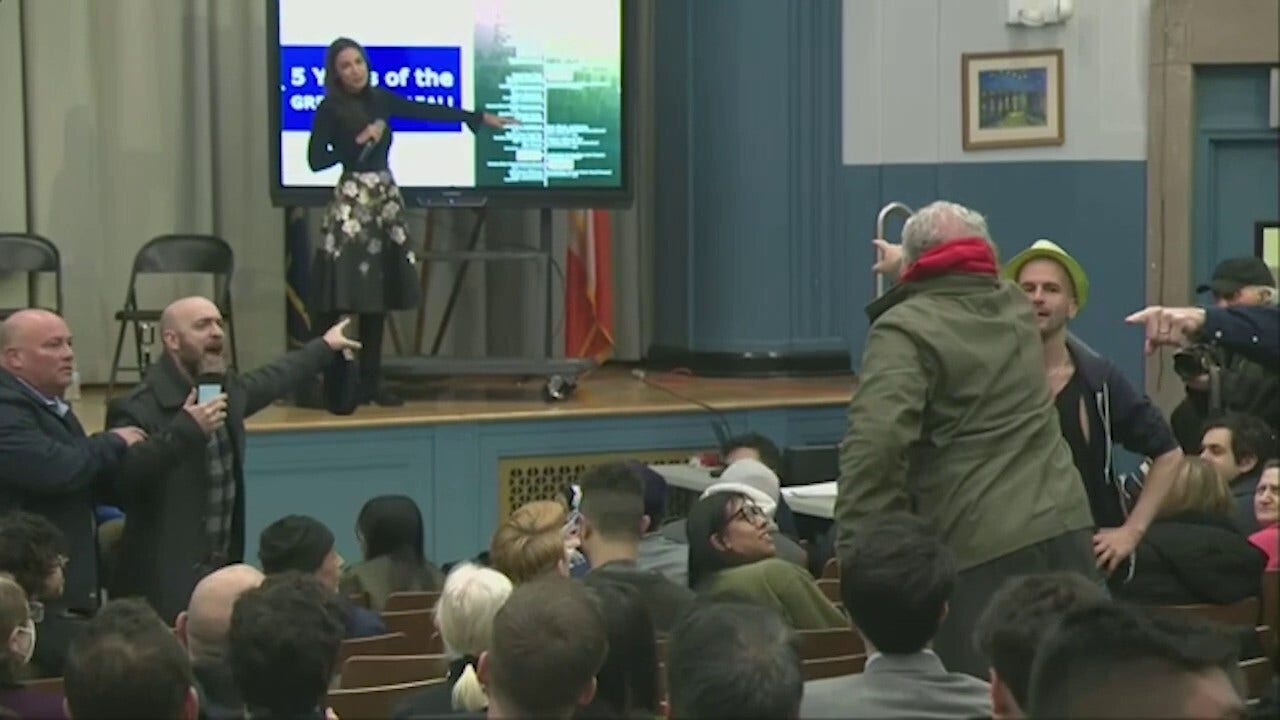Long before the Education Department’s overhaul of the federal student aid application fell apart this year, officials who now lead the department were warned of a complex and time-consuming effort and its potential pitfalls in 2020, according to internal emails and documents obtained by The New York Times.
The documents anticipated a demanding timetable that would require the department to closely manage its priorities over several years to revamp the application form in time for students’ fall 2022 applications. The documents were prepared by the department’s staff and circulated among soon-to-be top officials after the 2020 election but before President Biden took office, including James Kvaal, the under secretary of education, and Benjamin Miller, a deputy under secretary.
The revelation that the officials were advised to prepare for an arduous process yet still failed to deliver a working form three years later is likely to add to the intense scrutiny the department has faced over the handling of the project, which threw the college application season into chaos earlier this year.
The documents were all distributed in December 2020, as Congress was about to pass a law requiring the department to overhaul the Free Application for Federal Student Aid, known as FAFSA. The law, which mandated changes that included whittling the unwieldy 108-question form down to a more manageable 36, originally envisioned the new form being ready for students by the fall of 2022.
In the weeks before Mr. Biden was inaugurated, officials overseeing the presidential transition approached the Education Department to take stock of pending challenges as they began to sketch out the new administration’s priorities among federal agencies.
In several instances, members of the transition team were told by the staff at the department’s Federal Student Aid office that the 2022 deadline mandated by Congress was too aggressive. They also warned that overhauling the form and the system used to calculate student aid offers would be a major undertaking that required collaboration with other agencies and deft project management.
“Do you have any issues around the proposals for FAFSA reform that have been floating around the hill that you think are worth flagging in case the permanent team needs it on its radar?” the transition team asked the office in one questionnaire.
“This bill would rebuild the FAFSA and the need analysis formula from the ground up,” the office replied in its written answers, adding, “FSA believes that a more realistic implementation time frame would be the 2024-2025 cycle.”
In another instance, the office advised that even a routine launch of the form incorporating “typical, annual changes” could require at least 15 months, and that getting the form ready by the 2022 deadline would be “next to impossible.”
In light of those warnings, the department sought a one-year extension, which Congress granted in March 2022 to move the deadline to Oct. 1, 2023.
Even with the extra time, however, the Education Department repeatedly fell behind.
A string of errors and last-minute tweaks forced officials to push the release of the simplified form from Oct. 1 to Dec. 31. And even once the new form had launched, a maddening array of bugs affected both applicants and college administrators waiting to receive student aid data.
The Education Department did not immediately respond to a request for comment.
Current and former officials who worked on the FAFSA simplification once the scale of the problems became clear have said that the department’s leaders often failed to check in on the project along the way, and were overly focused on other priorities such as the Biden administration’s flagship student loan forgiveness plans.
The documents indicate that although top officials were alerted early on that the law would require substantial action, they were still unable to stave off the troubled rollout this year.
The Government Accountability Office documented concerns about the department’s progress in a report in June, which highlighted questions about management of contractors on the project and called on the department to stay on schedule. The office is also pursuing an investigation of the department’s overall management of the project.
After an agencywide scramble to fix the form this spring, the department has since shifted its attention to reaching out to students who may have been derailed or failed to apply for aid. Since February, the department has allocated $100 million to support students and colleges and bolster applications — nearly 30 percent of the total $336 million it spent on the simplification project.
Since problems with the form came into public view in 2023, Education Secretary Miguel A. Cardona has repeatedly said that the agency’s hands were tied by the congressional deadline, and that the department has done everything in its power to meet its deadlines despite limited resources.
Mr. Cardona has said that the department expects the form to work normally for students applying to college this fall, and that the changes will benefit future applicants.
“FAFSA has been a priority since Day 1 when we got into these positions, and it will continue to be a priority until we deliver for these students,” Mr. Cardona told lawmakers in April.






